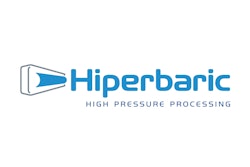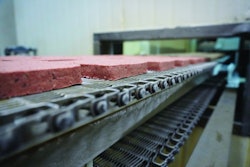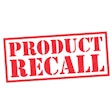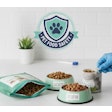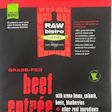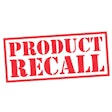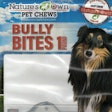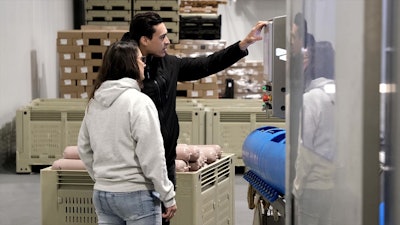
Steve’s Real Food, based in Utah, USA, has been creating commercial raw pet food since 1998 and looking for the ideal solution for pet food safety for just as long.
“The one drawback to using whole raw meats is that you have a higher exposure to bacteria,” said Nicole Lindsley, CEO of Steve’s Real Food. “It is naturally occurring in the ingredients we source and therefore we have to do something to mitigate that exposure.”
The company settled on a test and hold process to test for foodborne pathogens, but realized that simply wasn’t enough, especially once they added in the need to prevent cross-contamination for the production of meat and poultry.
“It became a challenge since we would have to produce meat and poultry on different days to ensure that cross-contamination didn’t happen,” said Lindsley. “Additionally, we were opening ourselves up to human error by doing two different processes on meat versus poultry.”
Looking for a better solution: High-pressure processing (HPP)
Steve’s Real Food started looking into high-pressure processing (HPP), a non-thermal preservation technology that checks a lot of boxes for those dealing in raw pet food: Quality preservation, clean label, safety and extended shelf life. That’s where Hiperbaric, a company specializing in high pressure technologies, came in.
“When we partnered with Hiperbaric [in 2019] to implement HPP into our processing we were hoping to achieve an adequate log reduction in the bacterial load, which we did do, but what we did not anticipate is the support that they provided to us,” said Lindsley. “In addition to meeting our initial goals we have also been able to remove preservatives from the ingredient panel while extending shelf life.”
As with a lot of components in raw pet food, education is playing a significant role in furthering the process of HPP and how it fits in the food safety landscape.
“I think [education] starts with us,” said Anthony Zapata, marketing and sales specialist with Hiperbaric. “We then educate the manufacturer through studies that we do in the lab or in-house, we try to create literature, we’re constantly organizing webinars and creating videos, and from that information Steve’s Real Food took that and created Raw University.”
Raw-U is an online training program for retailers that walks them through learning about raw pet food with a focus on Steve’s Real Food’s product line.
The future of raw food in the pet space
All signs point to the niche but growing raw pet food segment continuing its upward trajectory, which means the likely growth of HPP and the need for education overall about how to determine the safety of raw pet food.
“HPP will ensure the growth of the raw pet food sector as more consumers and retailers are educated about it,” said Lindsley. “As they become more knowledgeable, more pet owners will try raw pet food knowing that with HPP it is safe and free of pathogens.”
Further, Lindsley believes the segment will continue to grow in spite of the higher price point.
“You will see fresh food continue to grow and become adopted by pet parents as the number one way to feed their pets,” she said. “It will become common to spend more on your pets' food as pets transition from being an accessory in the family to a necessity.”
For the companion article, "Freeze-dried/raw segment continues to grow,” published in the November 2022 issue of Petfood Industry magazine, see www.PetfoodIndustry.com/articles/11677.



